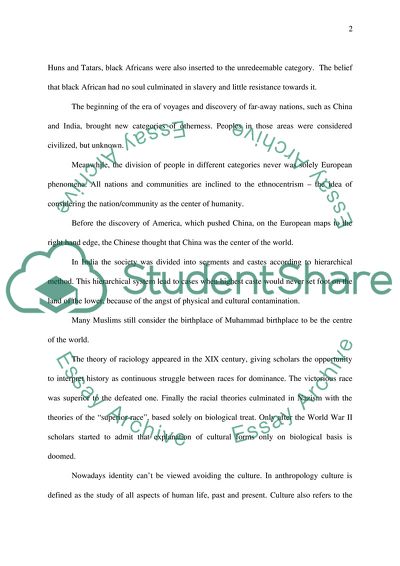Cite this document
(Puerto Rican Culture & Identity Case Study Example | Topics and Well Written Essays - 3500 words, n.d.)
Puerto Rican Culture & Identity Case Study Example | Topics and Well Written Essays - 3500 words. https://studentshare.org/sociology/1835357-puerto-rican-culture-identity
Puerto Rican Culture & Identity Case Study Example | Topics and Well Written Essays - 3500 words. https://studentshare.org/sociology/1835357-puerto-rican-culture-identity
(Puerto Rican Culture & Identity Case Study Example | Topics and Well Written Essays - 3500 Words)
Puerto Rican Culture & Identity Case Study Example | Topics and Well Written Essays - 3500 Words. https://studentshare.org/sociology/1835357-puerto-rican-culture-identity.
Puerto Rican Culture & Identity Case Study Example | Topics and Well Written Essays - 3500 Words. https://studentshare.org/sociology/1835357-puerto-rican-culture-identity.
“Puerto Rican Culture & Identity Case Study Example | Topics and Well Written Essays - 3500 Words”. https://studentshare.org/sociology/1835357-puerto-rican-culture-identity.


